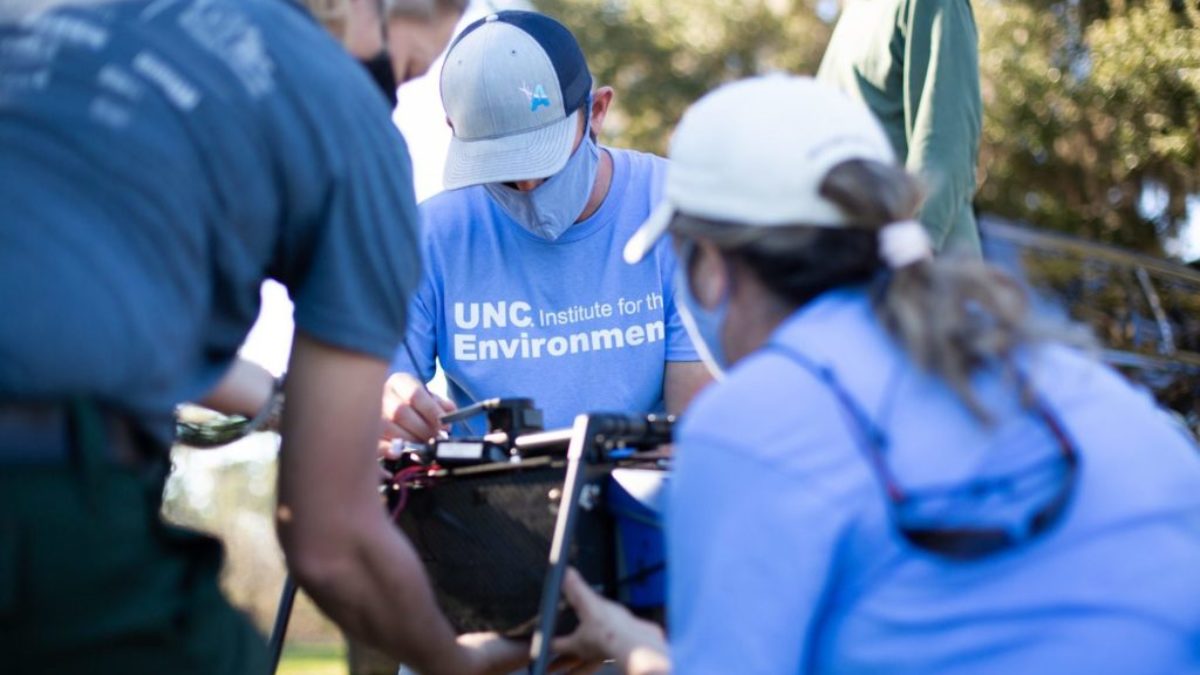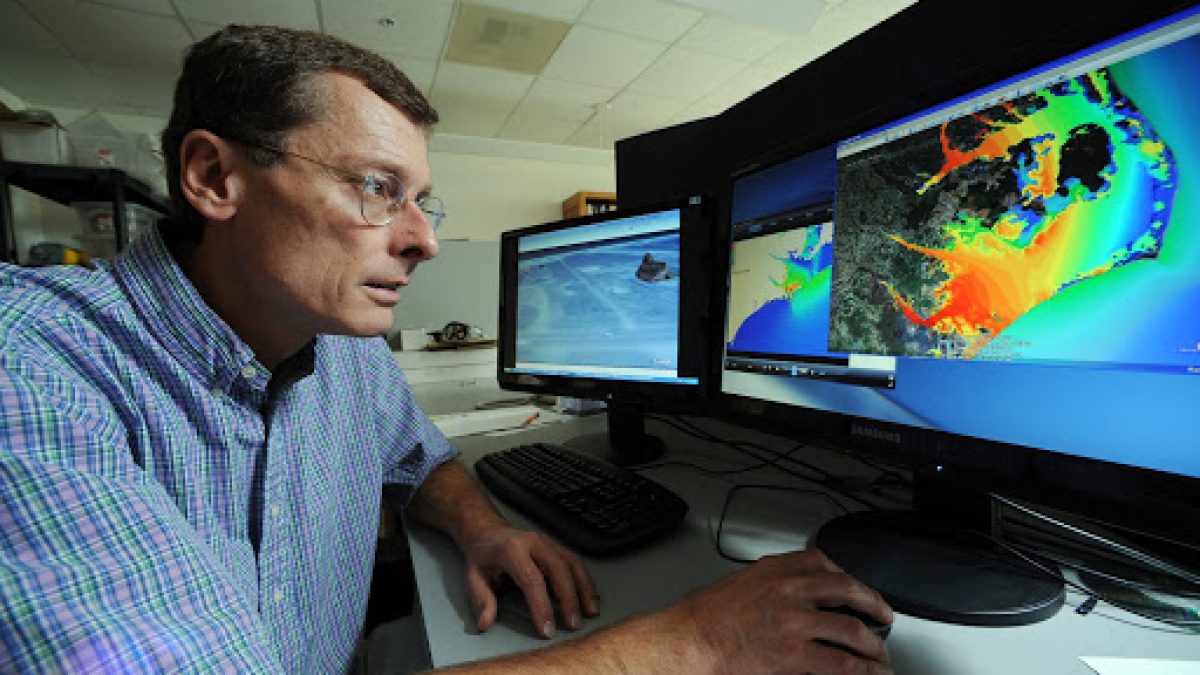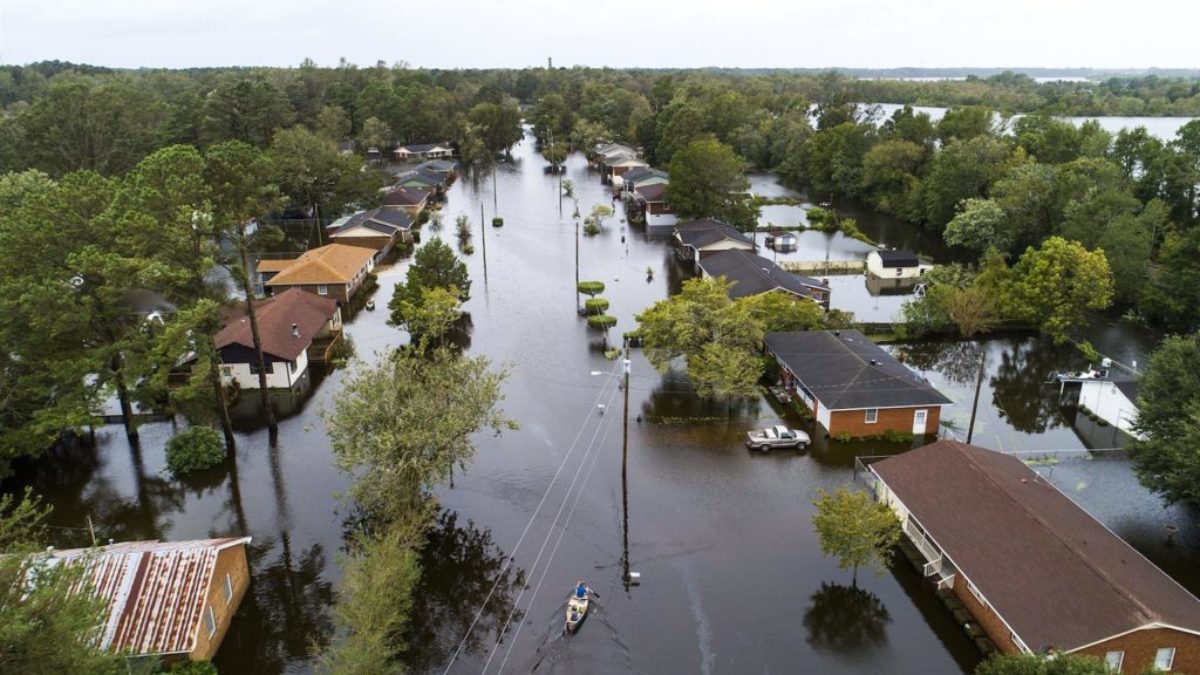Living Shorelines
For coastal homeowners, hurricane season is often a stressful time.
For coastal homeowners, hurricane season is often a stressful time.
For coastal homeowners, hurricane season is often a stressful time.
Traditional property protection methods primarily consist of hardened shorelines – like bulkheads and seawalls. But researchers at the UNC Institute of Marine Sciences are studying an ecologically and economically friendly alternative called living shorelines. They protect property at a low cost while serving as a great habitat for fish and crustaceans.
“I like the nexus between science and policy. Living shorelines are providing a service that homeowners want,” Carter Smith, a doctoral student from the UNC Institute of Marine Science said. “But then it’s sort of sneaking in all these amazing ecological co-benefits. They really could be a potential win-win for homeowners and the environment.”
Read the complete Carolina Story…Opens in new window
Smith won a 2018 Impact Award from The Graduate School for research with a direct impact on North Carolina.





